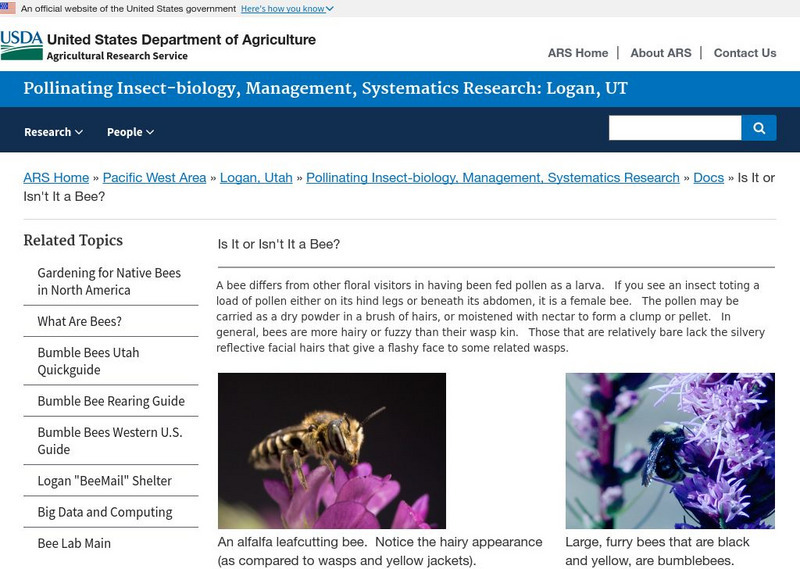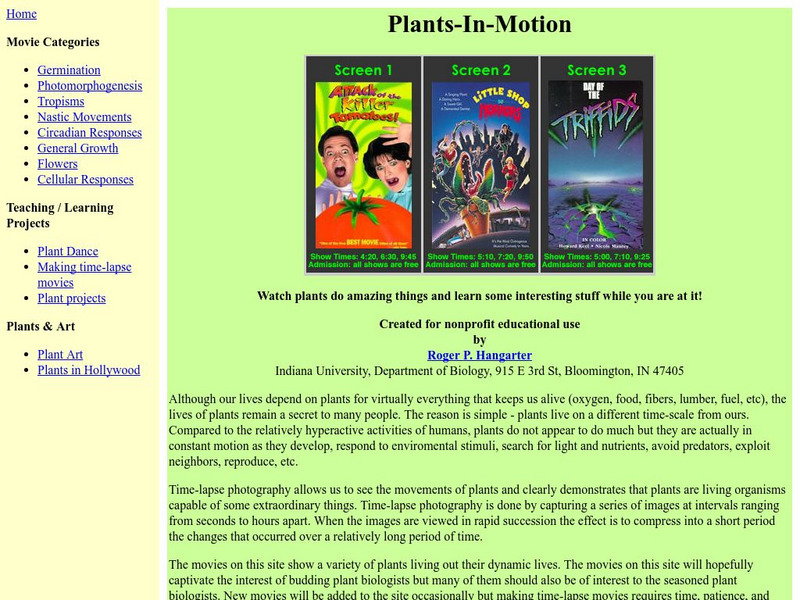Hi, what do you want to do?
Alabama Learning Exchange
Plants, Soil and Nutrients
Young scholars conduct an experiment. They review how to use the scientific method to conduct an experiment with white carnations and food coloring. They create a hypothesis and test it to better understand how plants get nutrients,...
Curated OER
Modeling Mendel's Pea Experiment
Young scholars discover what Mendel uncovered in his famous pea experiments. They form explanations for the result of crossing a true-breeding round pea plant with a true-breeding wrinkled pea plant (the F1 generation) and for the...
Curated OER
Genetics
Students explain the difference between dominant and recessive genes, identify what causes differences in the traits of parents and their offspring, and explain how sex is determined. They will also improve their reading and...
Curated OER
Understanding Evolution: Homology and Analogy
In this understanding evolution worksheet, 9th graders define homology and analogy. Students compare and contrast similar structures in several given species.
Alabama Learning Exchange
Alex: Flower Anatomy
Flower Anatomy helps a student to visualize the floral parts. Students can disect the flower after they have viewed and identified all parts. A student can take the dissected parts and create a word wall using colored paper or posterboard.
Soft Schools
Soft Schools: Flower Anatomy
Identify the major parts of a flower. Select each part name and drop in the boxes next to the full-color diagram.
University of Maryland
University of Maryland: Plant Biology
A webpage for a course on plant biology for non-science majors. The course covers how plants function, diversity among plants, and the roles of plants in the environment. Site includes lectures, a plant project, and a sample exam.
Scholastic
Scholastic: Science Labelling Game
In a series of five interactive science games, students first study labeled diagrams to learn the names of the Earth's layers, of a flower's parts, of a fish's anatomy, of the human respiratory system, and of layers of the atmosphere....
Scholastic
Scholastic: Diagramando a La Ciencia
Fun interactive Spanish site where students will be able to review science vocabulary related with the earth, atmosphere, respiratory system, flower parts and fish anatomy. It provides the English version and different levels of difficulty.
US Department of Agriculture
Us Department of Agriculture: Is It or Isn't a Bee?
This informative site takes a look at other insects that look like bees but in fact are not. Physical traits and characteristics are commented on for comparison purposes.
Indiana University
Indiana University: Plants in Motion
Plants grow and change on a time scale that is too slow for us to observe in real time. Time-lapse photography is a simple technique that allows us to see the movements of plants and clearly demonstrates that plants are living and...















